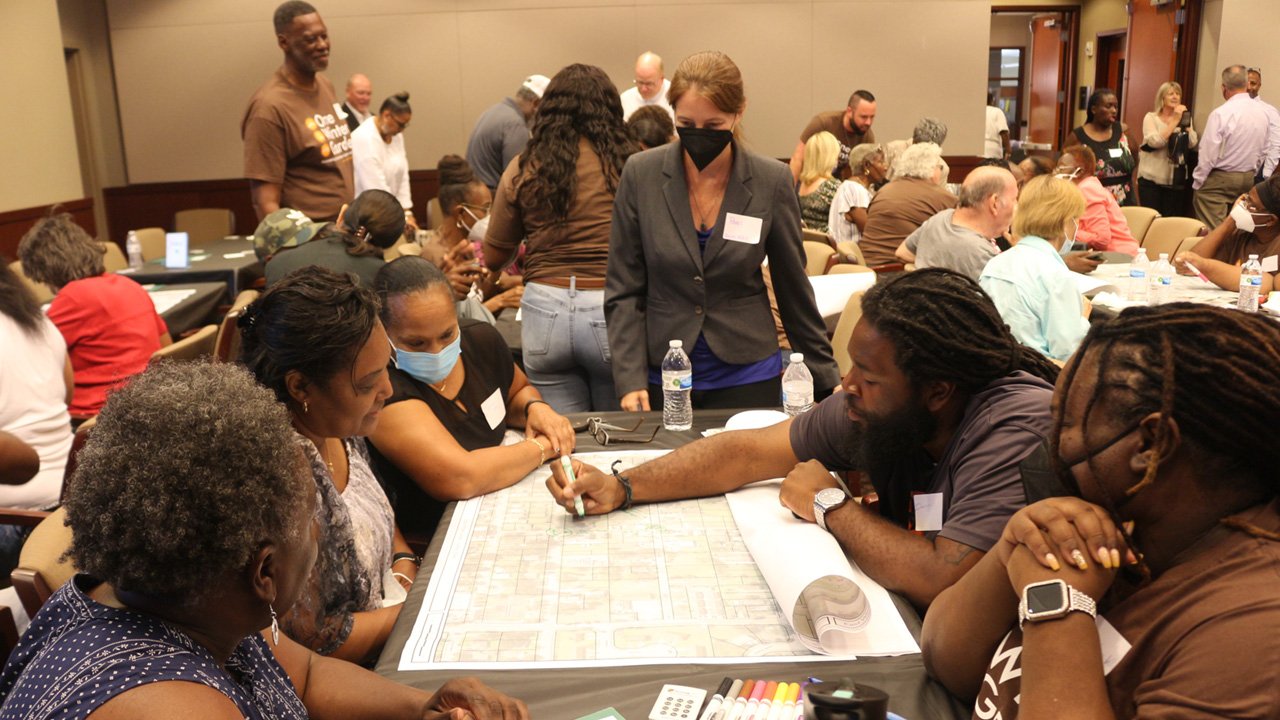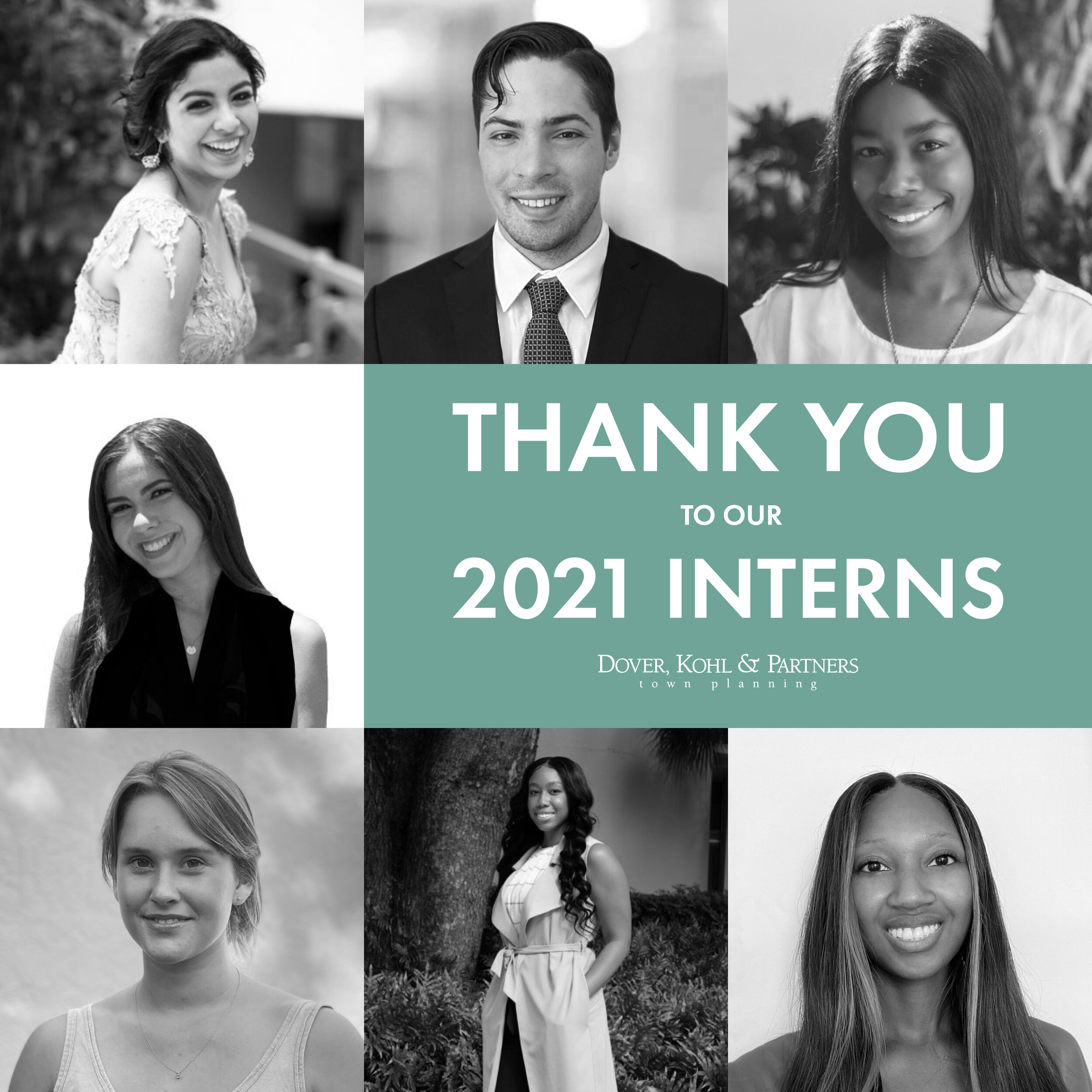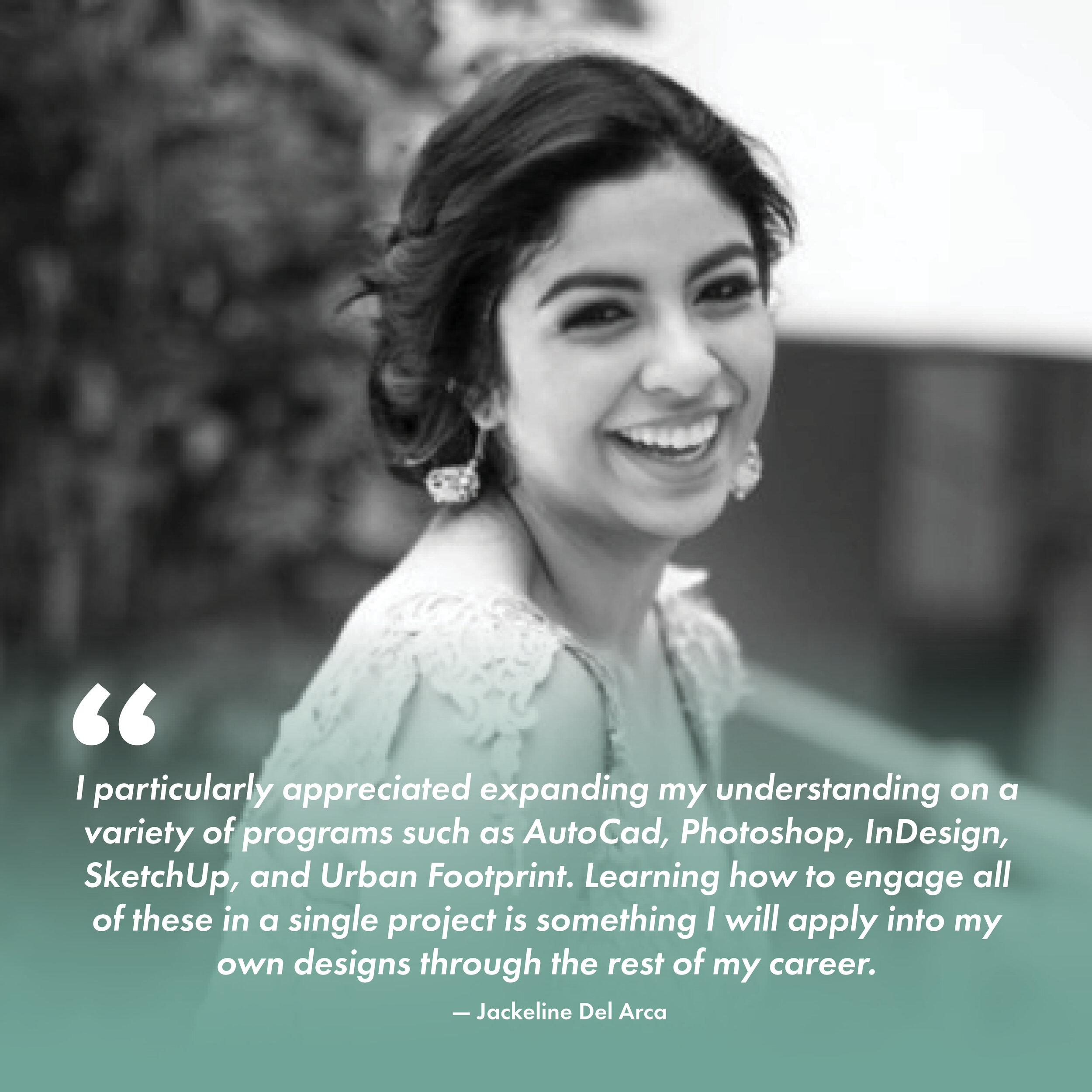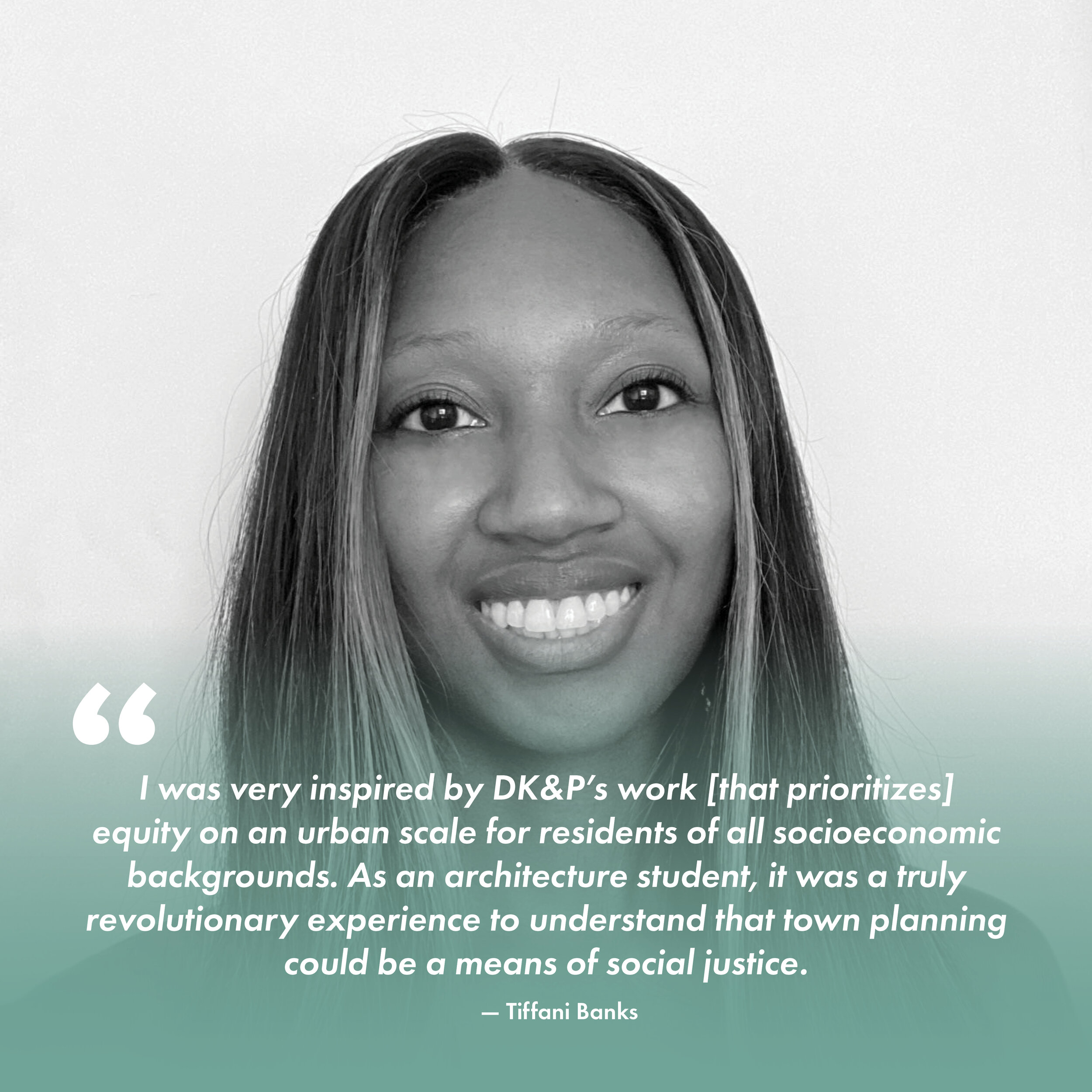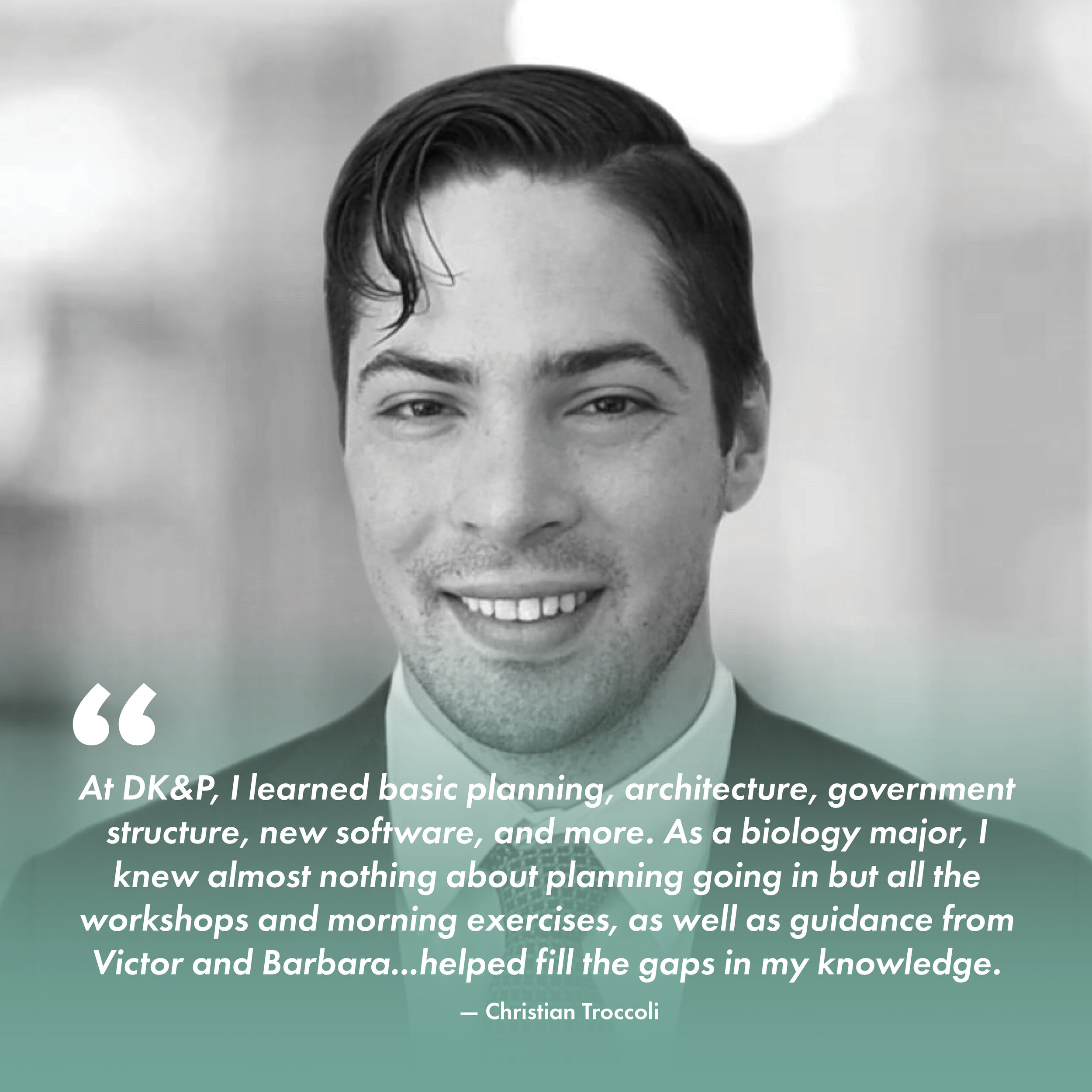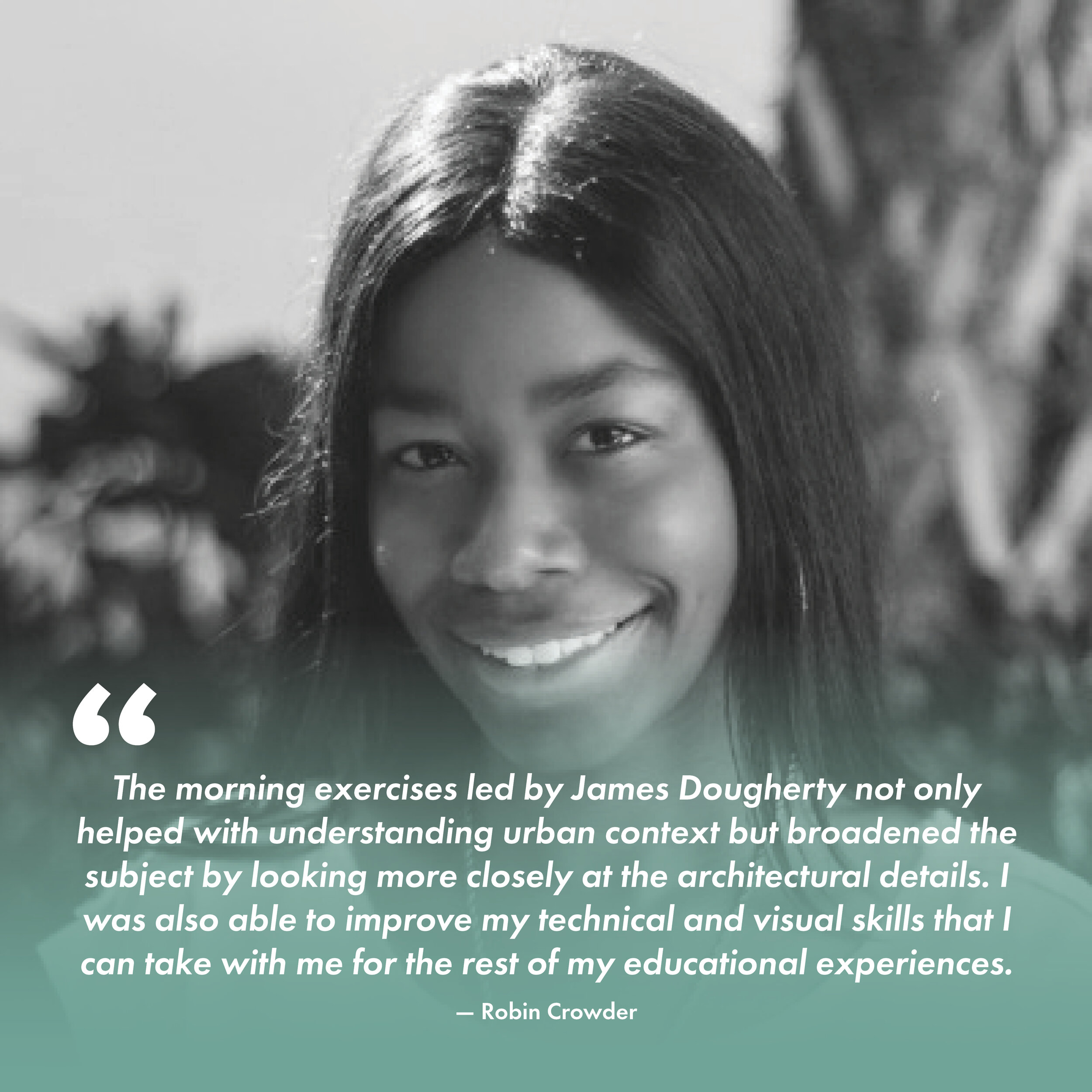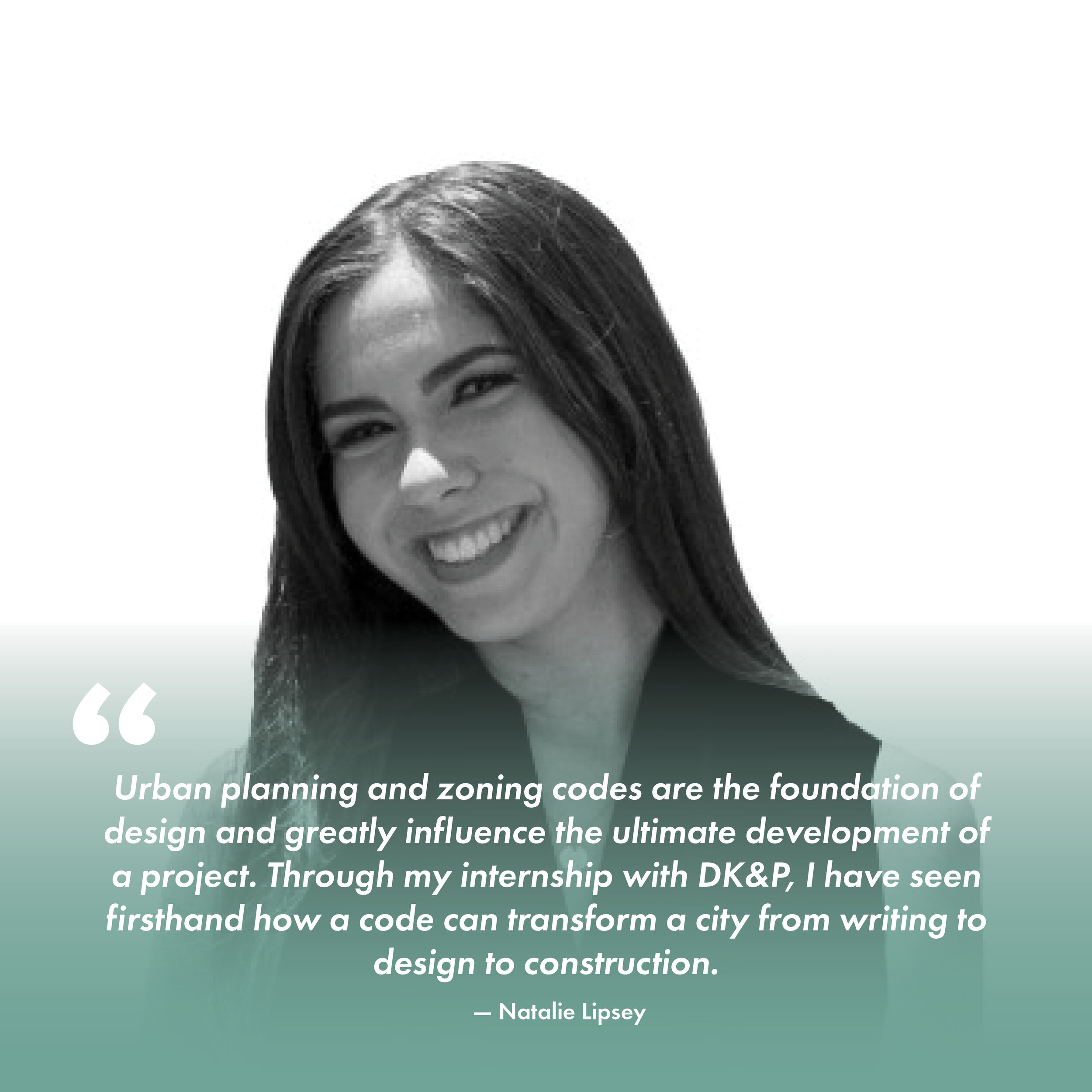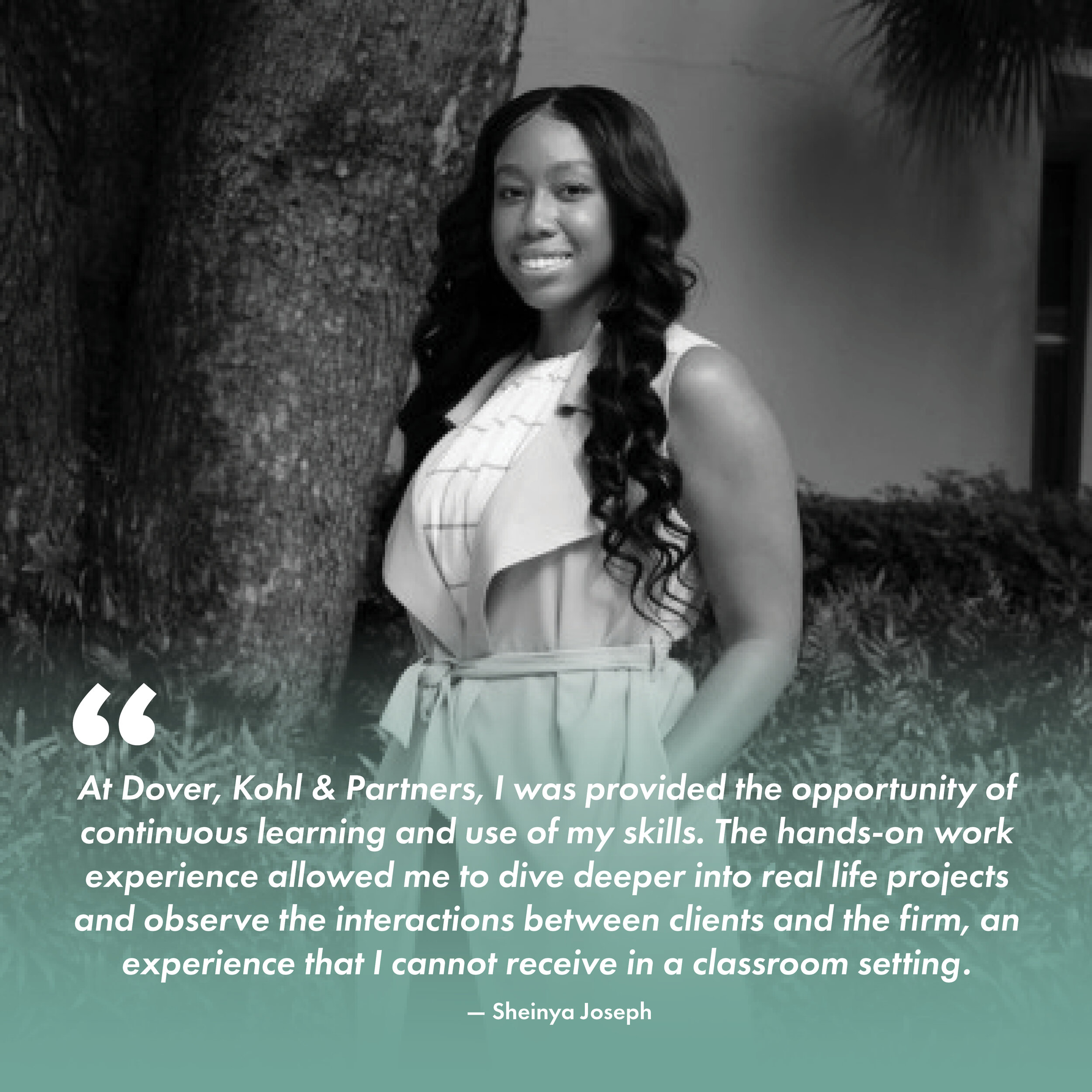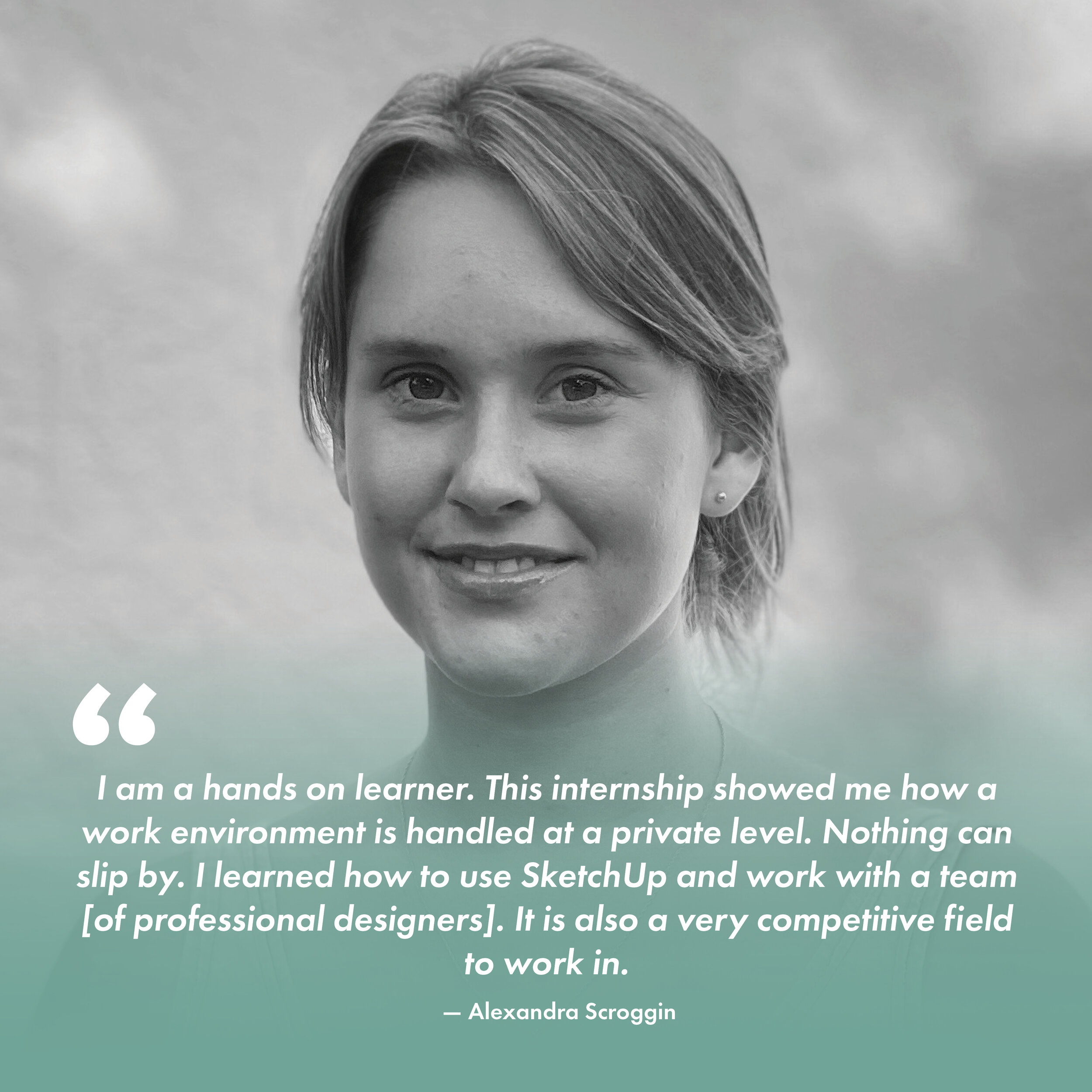There’s no disputing that today the intersections are too uncomfortable and perhaps genuinely dangerous [see the Dangerous by Design interactive map, which documents one fatality since 2008 at Sunset Drive (in 2018) and two fatalities at Red Road (in 2017)]. But so is the street in between the intersections. At least one fatality involved not crossing US1, but merely walking along it. US1 is alarmingly too fast, and yet so much focus is given to the peak hour capacity and shortening travel times. County officials celebrated the recent installation of advanced automated signal timing on US1, which squeezed extra peak-hour capacity out of the intersections (as long as you were trying to drive along the road, instead of walking, biking or driving across it). Working within the limitations of the existing number of lanes (six! plus turn lanes) they managed to wring out improved drive times from down south to downtown. It’s impressive technology. Yet I ask, were any of the minutes saved along the corridor used to expand the crossing signal times for pedestrians, anywhere? Or did all the benefit accrue to motorists alone?
Meanwhile, consider the rest of the day and night. All that asphalt is a clear invitation to excessive speeds in the off-peak times. When someone makes a mistake, whether they are drunk or not, their high speed ups the mayhem. We take it for granted that US1 is forever meant to be a super-speedy facility. We shouldn’t. Here’s why:
When a motorist driving 20mph makes an error and strikes a pedestrian, the result is a fatality 5% of the time. When they are driving 30mph, the result is a dead pedestrian 45% of the time. At 45mph, the motorist kills that pedestrian 85% of the time. Car-on-car collisions are similar in that the higher the speed, the worse the injuries and fatalities. That is why 40,000+ people a year are dying in the streets of the United States, and our state, with its Teflon-coated roads, has the worst record in the nation in this public safety crisis.
Don’t get alarmed, commuters. Yes, I said slow down US1. Speeding up just to catch the taillights of the car in front of you at the next traffic signal might feel satisfying, but it doesn’t get you to your destination any faster. That’s because at around 26 or 27mph, we get the most efficient use of a lane, that is, the most cars past a point in space per hour; go any faster, and as you spread out, you eat up any gains. Traffic engineers will admit this; if you want to look it up, start by searching for “Speed / Flow Capacity diagram.”
Where did all those commuters from way down south that ream their way through South Miami twice a day come from, anyway? They are the embodiment of a cold reality: the statewide program of building wide, fast roads (instead of transit), in hopes of making it possible for motorists to freely flow, has only encouraged them to roam farther. Widening roads like US1 facilitated the sprawl. It’s called Induced Travel Demand. Traffic engineers will admit this too. It is why US1 should never have been widened so much in the first place. Ultimately, we should investigate repurposing a couple of those lanes. But that is a topic for another post.
So: Why is the big idea getting pedestrians up in the air away from our streets, instead of slowing down the cars to a reasonable pace? Because these bridges are not really built for the benefit of pedestrians:
6. These bridges aren’t really “pedestrian bridges.”
They’re structures built as band-aids after the streets of a city are savagely deformed for cars, built after the fact to give lip service to pedestrian friendliness. But insidiously, they usually become an excuse to further reduce the red-signal time for motorists on the highways they span. The pedestrian bridge is all about getting pesky pedestrians out of the way so motorists can zoom along without waiting so long for humans to cross. If South Miami’s debate were really about making humans happy on foot, there’d be an accompanying campaign to plant street trees on the bland, bald streets that lead to our Metrorail station and these very intersections.
Green time on US1 has long been the transpocracy’s only priority; that’s why the “Go” signal phase is so short and infrequent for pedestrians. If our local and state governments want to send a powerful message that pedestrian comfort and safety are the top priorities, more important than pass-through “throughput capacity” for outsider motorists, then




